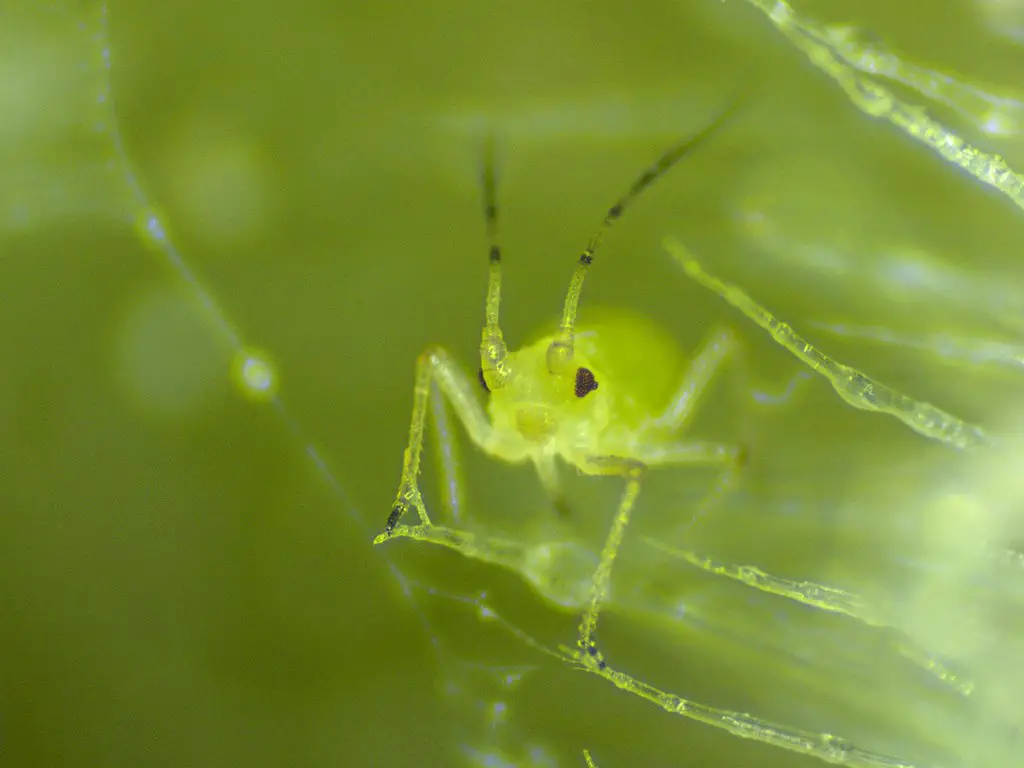Aphids, often regarded as the bane of gardeners and farmers alike, are small insects that belong to the superfamily Aphidoidea. These tiny creatures have a substantial impact on agriculture and garden ecosystems, and they play an essential role in various food chains. This blog post delves into the fascinating world of aphids, exploring their biology, life cycle, interactions with other organisms, and more.
Biology of Aphids
Physical Appearance
Aphids are often described as pear-shaped insects, measuring between 1 to 10 mm in length. They are typically green, but their color can vary from black, yellow, red, or even transparent. Aphids have long, slender mouthparts known as stylets, which they use to pierce plant tissues and feed on the sap.
Reproduction
One of the most fascinating aspects of aphids is their reproduction. Most species of aphids can reproduce both sexually and asexually (parthenogenetically). In the asexual reproduction phase, females can produce live young without mating. This enables rapid population growth, with some species capable of producing several generations in a single year.
Diet
Aphids feed primarily on plant sap, sucking the nutrient-rich fluids from stems, leaves, and roots. They often target tender new growth, which can lead to deformities in plants. The feeding action can also transmit various plant diseases, such as mosaic viruses, adding to the pest status of aphids.
The Life Cycle of Aphids
The aphid life cycle is complex, involving multiple stages:
- Nymph Stage: Aphids begin life as nymphs, which are born live in most cases. Nymphs molt several times before reaching adulthood.
- Adult Stage: As adults, aphids may reproduce either sexually or asexually, depending on environmental factors.
- Overwintering: Many aphids lay overwintering eggs that hatch in the spring, allowing the population to endure cold winters.
Aphids’ Role in the Ecosystem
Despite their pest status, aphids play essential roles in the ecosystem.
Interaction with Ants
Some species of ants have a mutualistic relationship with aphids. Ants protect aphids from predators in exchange for a sugary substance called honeydew, which aphids excrete. This interaction is a fascinating example of mutualism in the insect world.
Food Source
Aphids also serve as a food source for many insects, such as ladybugs, lacewings, and predatory beetles. Their population growth can support a healthy ecosystem by providing nourishment for other organisms.
Controlling Aphids in Agriculture and Gardening
Aphids can have devastating effects on crops and ornamental plants. Several strategies exist to control aphid populations, including:
- Biological Control: Introducing natural predators like ladybugs.
- Chemical Control: Using insecticides specifically targeting aphids.
- Cultural Control: Implementing proper gardening practices like pruning and water management to make the environment less appealing to aphids.
Conclusion
Aphids are more than mere garden pests; they are complex creatures with unique biological traits and essential roles in various ecosystems. Understanding their life cycle, relationships with other organisms, and methods of control can lead to a more nuanced appreciation of these tiny giants in the insect world. Whether a gardener seeking to protect prized roses or an ecologist studying insect interactions, there’s no denying that aphids present a fascinating subject for exploration and understanding.

